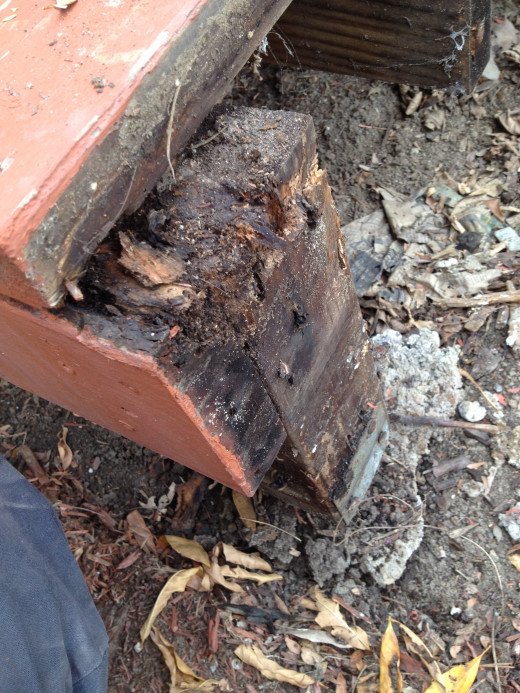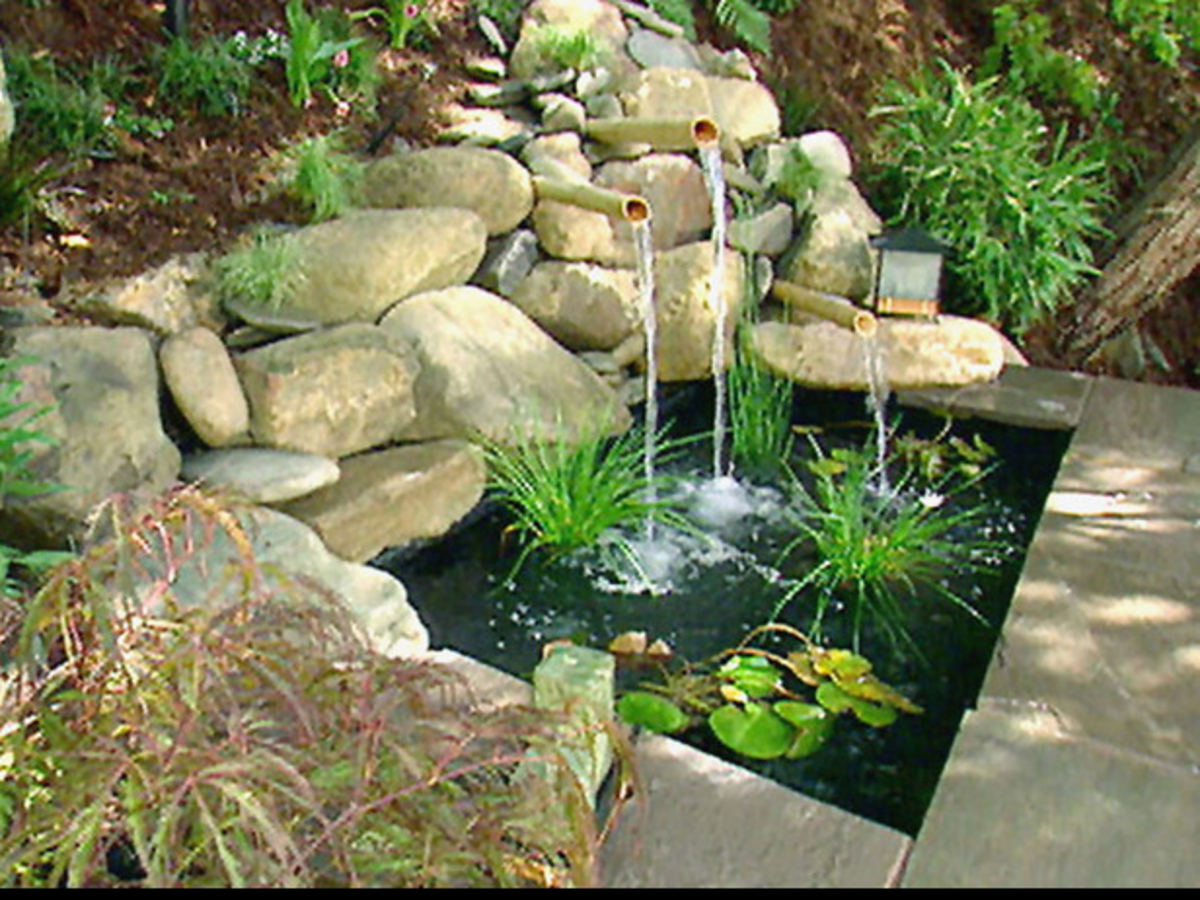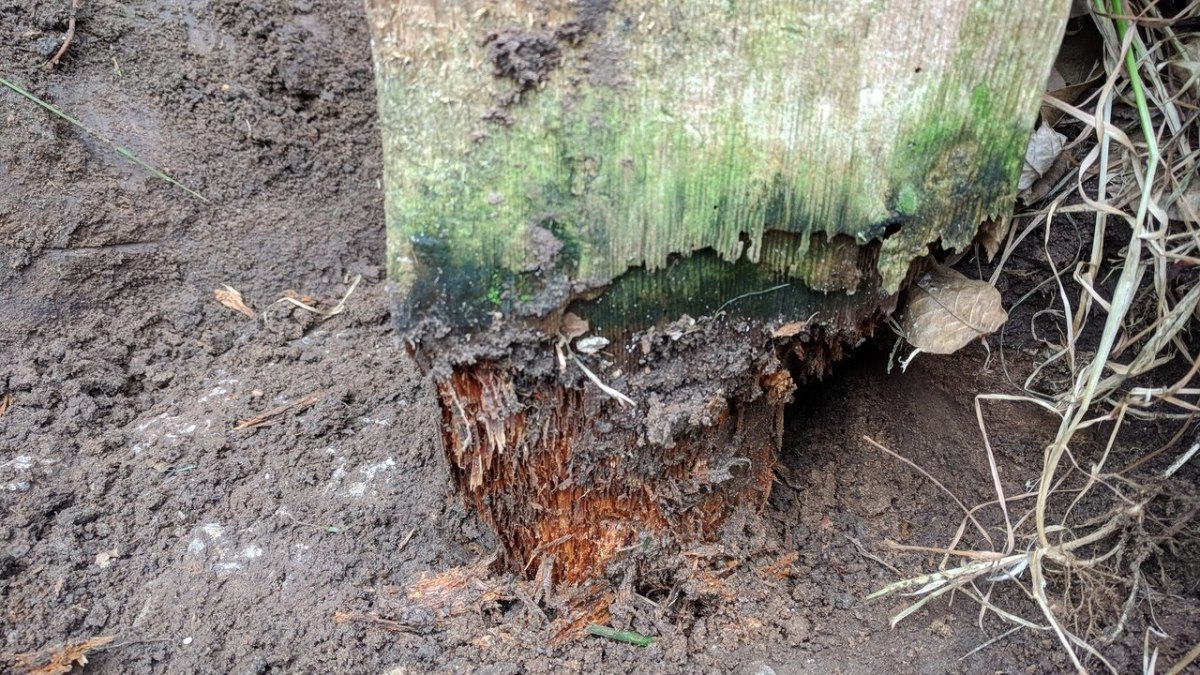How to Refurbish or Rebuild a Small, Wooden Front Porch --- Part I Disassembling
Refurbishing or rebuilding your front porch
Whether you're preparing to sell your house, or just want to spice up the front of your home, rebuilding, or just refinishing your front porch can have a huge impact on the appearance of your little abode. This is not a project that can be completed in a weekend, but it is one you can easily do yourself without a lot of fancy tools or expensive contractors. If you're fortunate enough to have a well-built porch that just needs a face-lift, we'll go through the steps of how to properly take apart, refinish, and reassemble the surface. If, however, your front porch was not built properly in the first place, or has aged beyond salvaging, this article will cover the steps for demolishing, planning, and rebuilding.
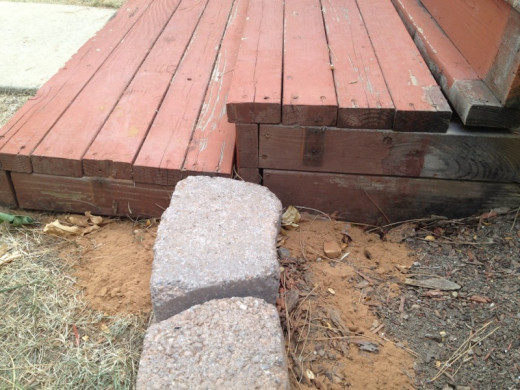
The dos and don'ts of refinishing outdoor surfaces
One of the most common mistakes people make when refinishing their outdoor surfaces is to grab a can of paint, a roller, and slop a nice thick layer of acrylic paint over all the visible areas. But this process, while it looks good for a while, can cause lots of problems in the future. First, even paint rated specifically for outdoor use does not last on surfaces that are going to receive the kind of wear-and-tear that a front porch will receive. Water and sun damage will also take a toll on your newly painted surface and cause peeling over time.
Secondly, painting over the screws that secure your porch will fill the head with paint and cause them to become impossible to remove if you need to replace a board or railing balustrade. Adding a new color to your porch is one of the later steps in the process, so as fun as it is to choose a new color or look, take your time and you'll be rewarded in the end with a professional-looking porch that will withstand weather and wear.
The first step to properly refinishing your porch is to take it apart completely. This will allow you to easily sand and re-coat EVERY surface, not just the ones you can see. It also gives you an opportunity to look over the support structure to ensure the base is stable and in good condition. For this process, you can use a manual screwdriver, but to keep your wrists from getting sore, and your mind from exploding with frustration, I recommend using a power screwdriver; either battery, or electric-powered.
Disassemble your porch
Using a Phillips-head or star-pattern drill-bit (depending on the type of screws originally used), set your screwdriver to reverse and begin removing screws along the railings. On most porches, railings are attached to the sides or directly on top of the horizontal slats, so disassembling needs to start from the top down. If your porch has no railings, begin on one side of your porch and remove the screws row, by row.
If your porch was properly built, the screws will be galvanized or coated deck screws, specially designed to resist corroding and bleeding into the wood. Save these screws as you pull them out---you can reuse them when you put your porch back together. Set each board, balustrade, railing cap, and post in a dry location. If you don't have an indoor space in which to store your materials, stack them next to your house, using cement blocks, bricks, or old pieces of wood to keep the wood off the ground. Cover it with a tarp to protect any wood you will reuse from the weather.
Unfortunately, however, not everyone uses deck screws to build your porch, the screw heads may be full of paint, boards and supports may be rotted; you might encounter any number of problems in taking apart your porch. Yes, these complications will lengthen the amount of time required to complete your project and may result in the need to buy additional material, but you don't need to call a contractor just yet.
Disassembly Complications---how to make the best of a rotten situation
You've tested row after row of screws and IF they do come out, they're broken or rusted. What are you supposed to do if you can't even get the boards up? It is still possible to pull up and reuse the original porch material, though you will have to be more careful in your demolition process. To address these complications, you will need additional tools, namely a crowbar.
When choosing a crow bar, look for a square-forged bar rather than a stamped steel bar. Screws have a tighter grip than nails and coaxing them out will take more leverage, and strength. Forged bars, though more expensive, won't bend and can be made longer to provide the necessary "umph" to get those boards up. Don't forget to wear eye protection. Rusted screws will snap and boards can splinter, so remember to take precautions to protect your eyes.
Working along the length of the board, firmly lift one edge of the board with the flat end of the crow bar until the first screw comes loose. Proceed down the length of each board, pulling up small sections at a time to avoid putting too much stress on the board. If the wood splinters or breaks, don't despair, you can still reuse portions of the piece. If the wood is not rotted, set it aside with the other pieces for refinishing. Once you've pulled up all the boards and set aside the pieces you want to reuse, turn the boards over and hammer the screws out of the board, using the crow bar or back side of the hammer to pull the screws out from the top of the board.
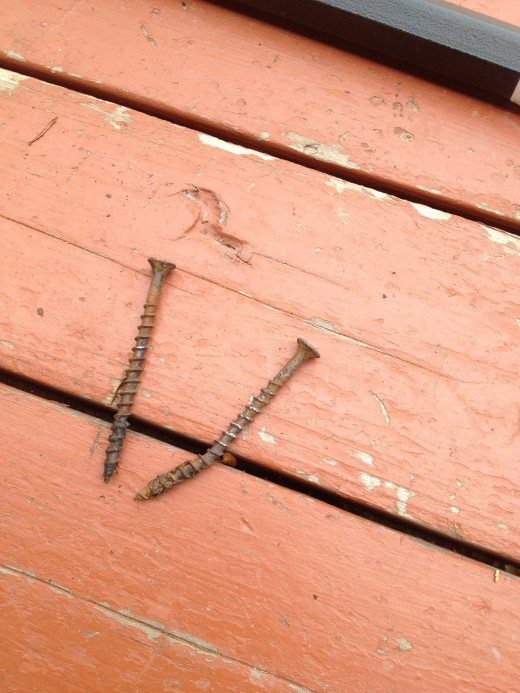
Look over your foundation
Once the surface of your deck is carefully taken apart and neatly stored out of the way, take stock of the joists and footings under the porch. These make up the foundation of your porch and if your foundation is rotten, you will need to replace any parts that are unstable. Check that the wood is dry, and solid (it shouldn't crumble or splinter when you squeeze or push on it). Ensure all the metal brackets and fasteners (screws or nails) are free of corrosion and footings are firmly in the ground.
Replace any pieces that look rotted or corroded. If a piece of wood comes in contact with the ground, whether dirt or cement, consider replacing it with pressure-treated wood. The chemicals in pressure-treated wood prevent the wood from rotting. If you're looking for a more natural solution, cedar and redwood are chemical-free options but if any part of these woods contain sapwood, they will not hold up to the test of time. Make sure you ask for all-hardwood cedar or redwood.
Clear out any plant debris, trash, and dirt build-up from around the footings, joists, and around the house foundation. If the posts that make up the footings of your porch are not cemented into the ground, we'll cover pouring new footings and rebuilding the foundation in "Part II Rebuilding your porch foundation."
